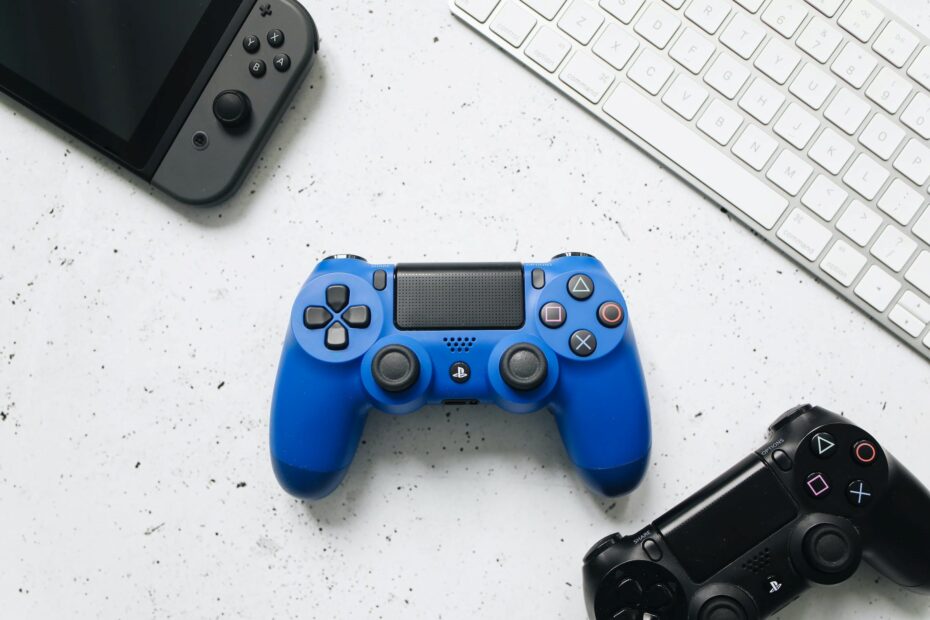If you’re an avid gamer, you’ve probably experienced the frustration of controller drift. Controller drift is a common issue that occurs when your game controller’s analog stick starts to register movement even when you’re not touching it. This can cause your character or cursor to move erratically on the screen, making it difficult to play games effectively. But don’t worry, there are some quick fixes you can try to resolve this annoying problem without having to buy a new controller. In this blog, we’ll explore some simple solutions for controller drift on games consoles.
Clean Your Controller
Dust, dirt, and debris can accumulate over time and cause interference with the sensors in your controller’s analogue stick, leading to drift. One of the easiest and most effective solutions is to clean your controller thoroughly. Start by turning off your console and removing the batteries from your controller if it’s wireless. Then, use a can of compressed air to blow away any dust or debris around the analogue stick. Next, use a cotton swab dipped in isopropyl alcohol to gently clean around the base of the stick and remove any stubborn dirt. Finally, let the controller dry completely before reassembling it and powering up your console. Cleaning your controller regularly can help prevent controller drift and keep your gaming experience smooth.
Calibrate Your Controller
Another quick fix is to recalibrate your controller. Most game consoles have built-in calibration tools that allow you to reset the neutral position of your controller’s analogue sticks. To calibrate your controller, go to the settings menu on your console and look for the controller calibration option. Follow the on-screen instructions to reset the analogue stick to its neutral position. This can help re-centre the stick and eliminate any unintended movements that may be causing drift. Calibration is a simple and effective solution that can often resolve minor controller drift issues.
Adjust Deadzone Settings
Deadzone refers to the area around the centre of the analogue stick where no input is registered. If your controller’s deadzone is set too low, it can make your controller more sensitive and prone to drift. Adjusting the deadzone settings on your console can help reduce controller drift. Go to the settings menu on your console and look for the deadzone settings for your controller. Increase the deadzone slightly to create a larger neutral zone for the analog stick. This can help eliminate any small movements that may be causing drift and make your controller more stable.
Replace Worn-out Thumbstick
If you’ve tried cleaning, calibrating, and adjusting deadzone settings, and you’re still experiencing controller drift, it’s possible that the thumbstick itself is worn out. Over time, the rubber coating on the thumbstick can wear down, causing it to slip and register unintended movements. In this case, you may need to replace the thumbstick to resolve the issue. You can purchase replacement thumbsticks online or at a gaming store. Follow online tutorials or manufacturer instructions to safely remove the old thumbstick and install the new one. This can give your controller a fresh start and eliminate drift caused by worn-out thumbsticks.
Update Your Controller Firmware
Controller drift can also be caused by outdated firmware. Manufacturers often release firmware updates for controllers to fix known issues, including drift. Check for firmware updates for your controller on the manufacturer’s website or through your console’s settings menu. If there’s a firmware update available, follow the instructions to install it onto your controller. Firmware updates can improve the performance and stability of your controller and help resolve drift issues.
Conclusion
Controller drift can be frustrating, but with these quick fixes, you can resolve the issue and get back to enjoying your gaming experience. For more tips check out our other Gaming posts.
